News / Blog
Exploring the Future of Electronic Components: Innovations and Insights from Leading Suppliers
In an era of rapid technological advancement, the future of electronic components is poised for significant transformations, driven by innovations from leading suppliers and evolving market demands. According to a recent report by the Electronic Industries Alliance, the global electronic components market is projected to reach over $600 billion by 2025, reflecting a compound annual growth rate (CAGR) of approximately 5.5%. As industry leaders strive to align with this dynamic landscape, they are focusing on automation, artificial intelligence, and sustainable materials to enhance product functionality and efficiency.
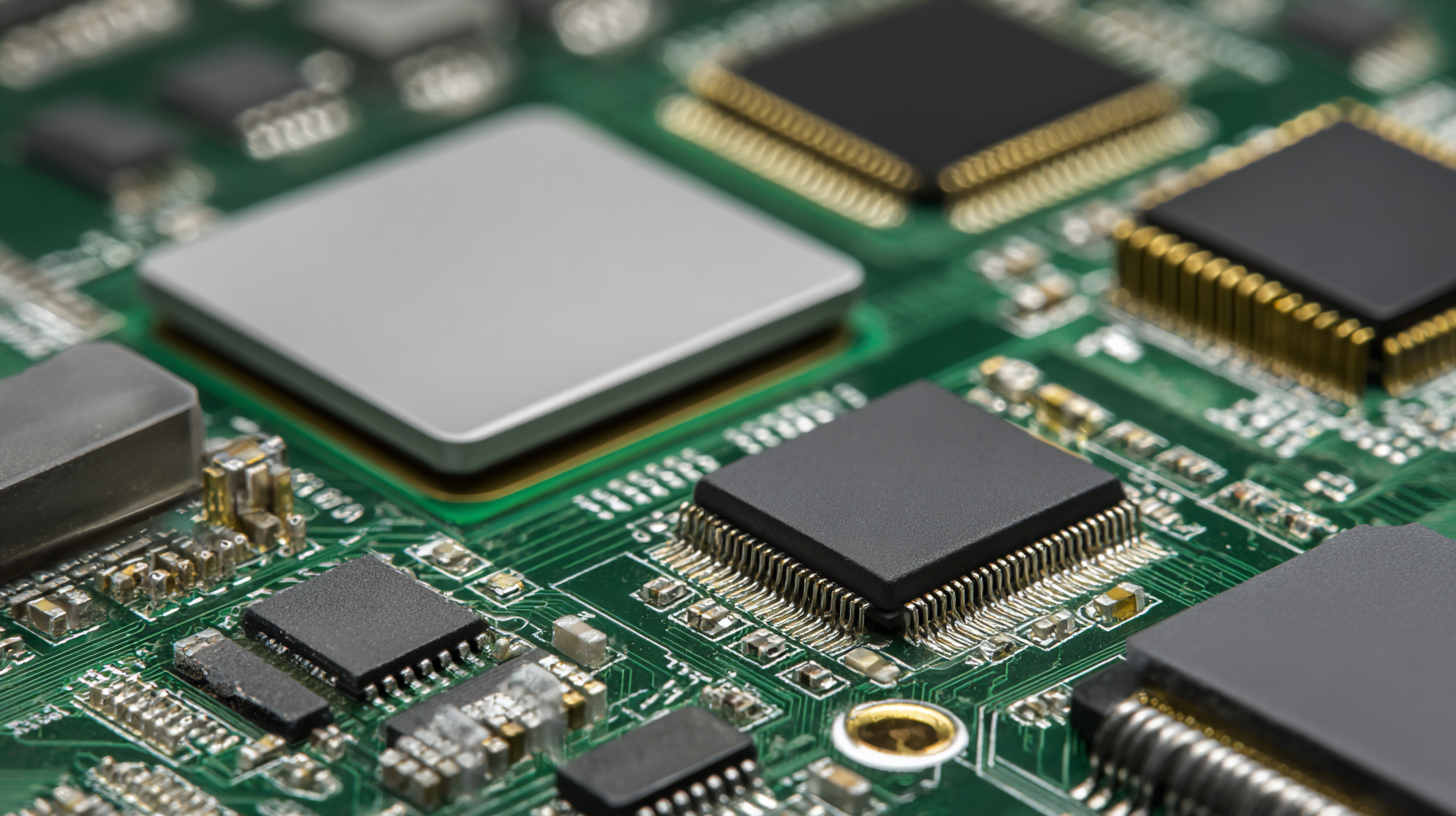
These developments are extensively documented across various electronic components websites, showcasing the breadth of innovation and competitive strategies being employed. Insights gleaned from these platforms underscore the critical role electronic components play in enabling advancements across multiple sectors, including consumer electronics, automotive technology, and telecommunications, positioning them as the backbone of modern technological infrastructure.
Emerging Trends in Electronic Component Design and Functionality
Recent developments in technology, combined with evolving consumer demands for intuitive experiences, are reshaping the electronic component landscape. The integration of the Internet of Things (IoT) is a significant driver of these changes, leading to innovations such as edge computing and artificial intelligence (AI) at the device level. These advancements not only enhance functionality but also transform how devices communicate and operate, bringing about smarter and more responsive electronic systems. Additionally, the adoption of 5G technology and a heightened focus on hardware-level security are critical trends that ensure a more interconnected and secure environment for users.
In parallel, the consumer electronics market is witnessing a shift toward more sustainable and AI-integrated products. There’s a growing emphasis on designing components that not only meet current consumer expectations but are also aligned with future needs. As the market faces challenges such as tighter budgets and increased competition, businesses are prioritizing innovation in product design to capture consumer interest. Reports indicate a solid growth trajectory in the fabless IC design market, underscoring the essential role of intellectual property in refining chip development, thus shortening time-to-market and ensuring the delivery of cutting-edge technology.
Exploring the Future of Electronic Components: Innovations and Insights from Leading Suppliers - Emerging Trends in Electronic Component Design and Functionality
| Component Type | Key Innovations | Emerging Trends | Functional Benefits |
|---|---|---|---|
| Resistors | Thin Film Technology | Increased Precision | Improved Stability |
| Capacitors | High-K Dielectrics | Miniaturization | Higher Energy Density |
| Transistors | GaN Technology | Higher Efficiency | Reduced Power Loss |
| Inductors | Composite Core Materials | High-Frequency Performance | Compact Size |
| Diodes | Silicon Carbide (SiC) | High-Temperature Operation | Improved Switching Speed |
Revolutionary Materials: Shaping the Future of Electronics
The future of electronics is being significantly shaped by revolutionary materials that promise enhanced performance and efficiency. According to a recent report by MarketsandMarkets, the global market for electronic components, driven by innovative materials, is projected to reach USD 1 trillion by 2025, growing at a CAGR of 5.2%. These materials include advanced semiconductors, flexible substrates, and high-efficiency power electronics, which are pivotal in developing next-generation devices.
Leading suppliers are investing heavily in research and development to harness the potential of new materials. For instance, the introduction of graphene and other two-dimensional materials is transforming the way we think about conductivity and flexibility in electronics. Research from the International Journal of Electronics highlights that the integration of such materials could lead to a 30% increase in energy efficiency for electronic devices. This paradigm shift not only enhances device performance but also reduces the overall environmental impact, aligning with global sustainability goals. As these innovations unfold, the electronics industry is poised to enter a new era of growth and technological advancement.
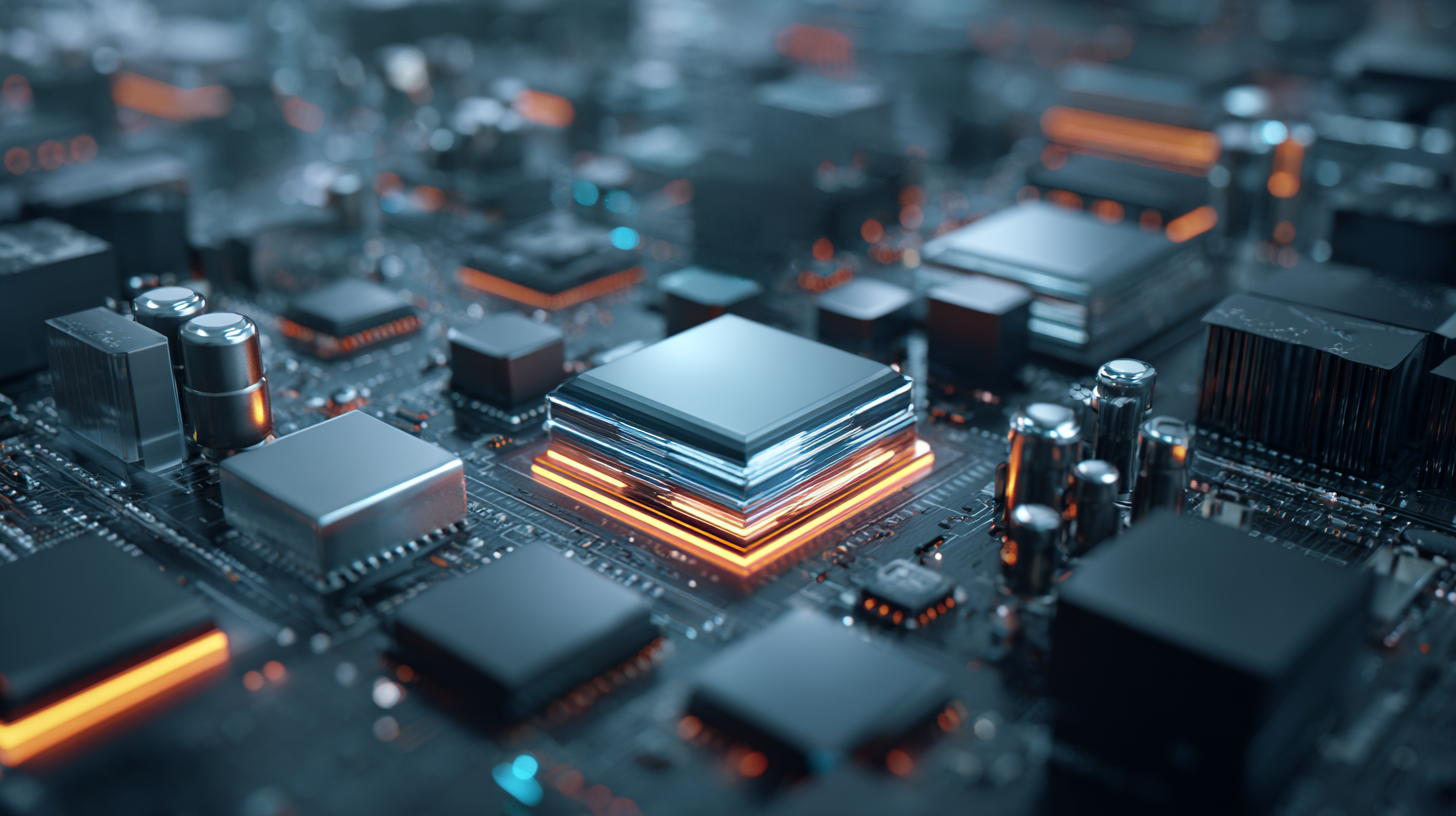
Sustainability and Environmental Considerations in Component Production
The electronic components industry is facing increasing pressure to adopt sustainable practices as environmental considerations become central to production processes. According to a report by Gartner, 74% of technology leaders believe sustainability is a critical focus area for future innovations. Manufacturers are now prioritizing eco-friendly materials and energy-efficient production methods to reduce their carbon footprints. For instance, many companies are exploring biodegradable substrates and sustainable packaging solutions to minimize waste and environmental impact.
Incorporating sustainability into component design not only improves a company’s environmental profile but can also lead to significant cost savings. A report from McKinsey indicates that businesses that invest in sustainable practices can outperform their peers by up to 3% in profitability. Implementing a life-cycle assessment (LCA) strategy helps manufacturers identify areas of improvement and streamline processes to enhance resource efficiency.
Tips: When selecting electronic components, consider suppliers with a strong commitment to sustainability. Look for certifications such as ISO 14001, which indicates a dedicated environmental management system. Additionally, research vendors who are actively pursuing innovative technologies aimed at reducing waste and enhancing energy efficiency to ensure you are making environmentally responsible choices in your projects.
Exploring Innovations in Electronic Component Production
Impact of AI and Machine Learning on Electronic Component Innovation
The integration of artificial intelligence (AI) and machine learning (ML) into the realm of electronic components is revolutionizing the industry. By harnessing complex algorithms, suppliers are able to optimize design processes significantly. This capability allows for rapid prototyping and testing, reducing the time it takes to bring new components to market. Machine learning enables predictive analytics that assesses component performance under various conditions, helping engineers make informed decisions that enhance reliability and functionality.
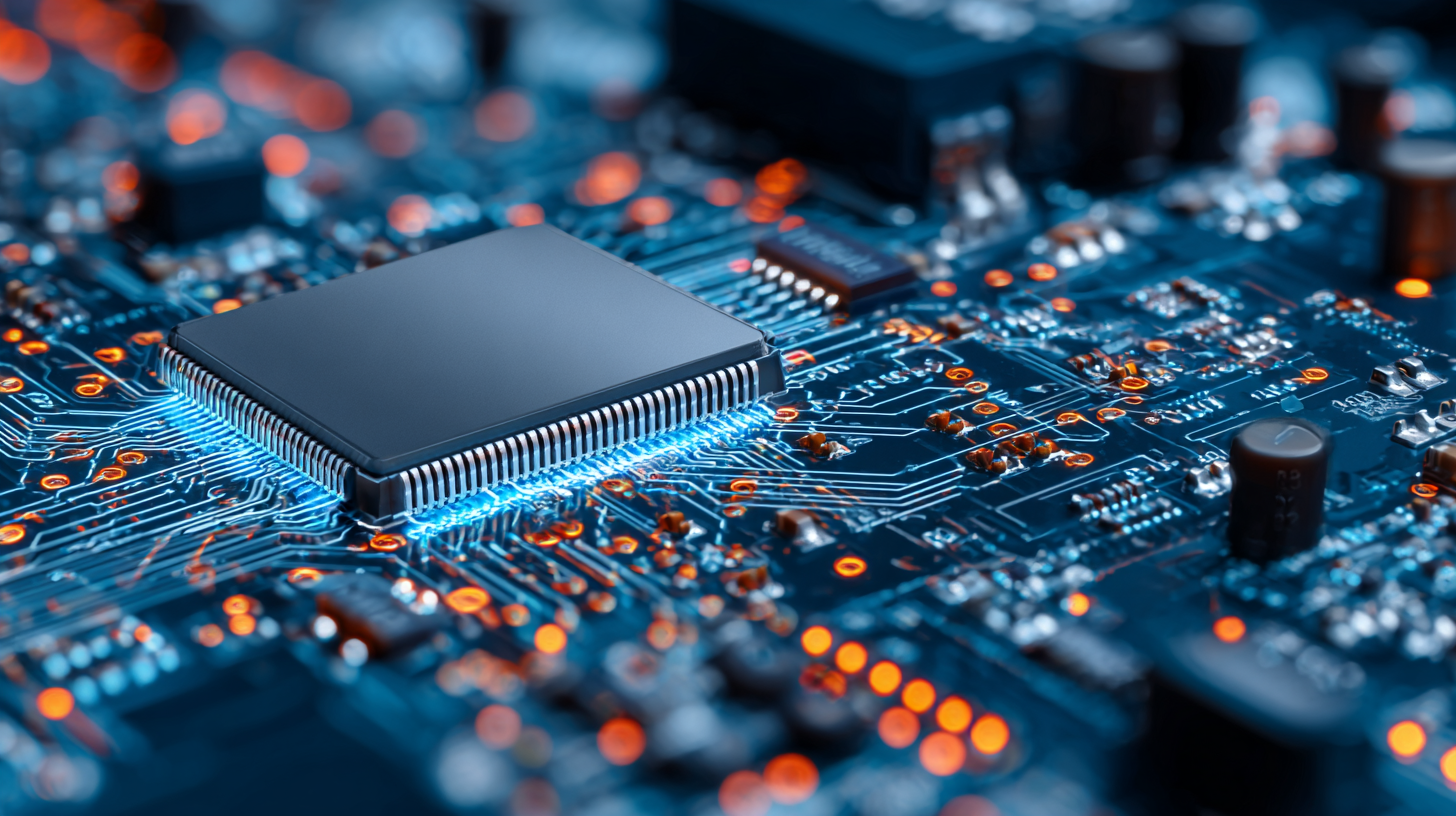
Furthermore, AI is enhancing the customization of electronic components to meet diverse application needs. Suppliers can analyze vast datasets to identify specific trends and preferences in different markets, leading to the development of tailored solutions. This level of personalization not only streamlines production but also drives greater customer satisfaction. As AI and ML technologies continue to evolve, their impact on electronic component innovation will only intensify, paving the way for smarter, more efficient products that align with the demands of a rapidly changing technological landscape.
Collaboration Between Suppliers and Tech Firms: A Path to Innovation
Collaboration between suppliers and tech firms is increasingly seen as a critical pathway to innovation in the electronic components industry. This partnership allows for the rapid exchange of ideas and technologies, leading to the development of cutting-edge products that meet the ever-growing demands of data centers. For instance, advances in cooling solutions—such as precision air conditioning and liquid cooling—are crucial in optimizing energy efficiency and ensuring reliable operations in data centers of all sizes. By pooling resources and expertise, suppliers and tech companies can accelerate the implementation of these innovations.
The dynamical relationship between suppliers and technology firms not only enhances product offerings but also drives competitive advantage in the marketplace. As organizations seek to integrate more sophisticated cooling technologies into their infrastructure, collaborations can facilitate a better understanding of customer needs and trends. Such synergies pave the way for tailored solutions that cater to specific industry challenges, resulting in more resilient and adaptable ecosystems capable of supporting the digital future efficiently. Through these alliances, the electronic components sector stands poised to redefine standards and expectations, positioning itself at the forefront of technological evolution.
Related Posts
-

How to Navigate the Best Electronic Components Website for Your Project Needs
-
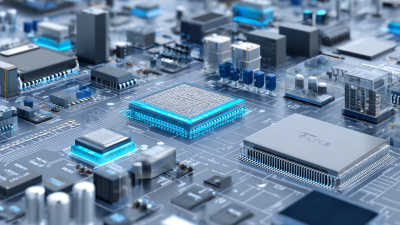
Navigating Trends in Electronic Components at the 138th Canton Fair 2025 in China
-
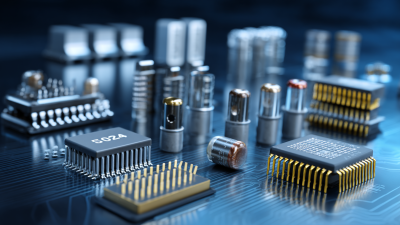
Exploring Market Trends for Electronic Components at the 2025 Canton Fair in China
-
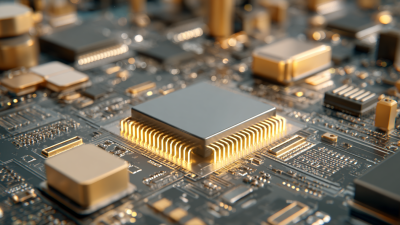
Unlocking Innovation: The Role of Electronic Components in Shaping Future Technologies
-
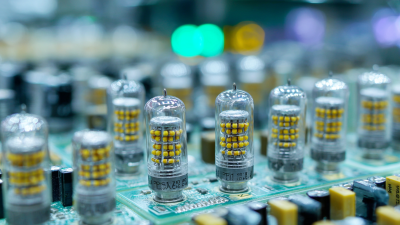
Exploring the Growth of Passive Electronic Components at the 138th Canton Fair 2025: Insights and Opportunities
-

The Hidden Importance of Active Components in Everyday Products
